In the world of professional and consumer teeth whitening devices, consistent performance is crucial for user satisfaction. However, many complaints arise from Light Failure, which directly leads to Uneven Whitening results. But is this phenomenon acceptable from a manufacturing perspective—or is it a sign of underlying design or quality flaws that must be addressed? For B2B producers, the answer to this question determines product credibility and market competitiveness.
Teeth whitening effectiveness depends heavily on stable, uniform light emission. Any instance of Light Failure—whether due to LED malfunction, inconsistent power delivery, or degraded light source—can result in patchy exposure of whitening gel to tooth surfaces, causing Uneven Whitening. This not only undermines whitening performance but also leads to customer dissatisfaction and increased product returns.
Manufacturers must ensure strict quality control in LED selection, light distribution design, and electrical reliability to minimize this risk.
Several factors contribute to Light Failure in oral whitening products:
Each of these issues, if unresolved, heightens the likelihood of Uneven Whitening, leaving visible tooth color discrepancies that are unacceptable in premium dental care markets. Company web:https://www.powsmart.com/product/electric-toothbrush/
Even if the light source itself functions, improper lens or reflector design can scatter or block light, resulting in intensity variations across the dental arch. This unintended inconsistency directly causes Uneven Whitening patterns. Precise optical simulation and testing are therefore essential during product development to ensure complete, balanced exposure.
Manufacturers should consider multi-angle LED arrangements and transparent, well-calibrated trays to reduce shadowing and maximize light coverage.
Long-term use may lead to Light Failure if materials—such as tray plastic or lens covers—yellow, crack, or warp under heat and chemical exposure. Such degradation filters or distorts light, worsening Uneven Whitening over the product’s lifecycle. Selection of high-durability, UV-resistant materials is critical to maintain product performance.
This highlights the importance of life-cycle testing in the B2B manufacturing process.
When whitening results are inconsistent, users lose confidence in the device and the brand. Visible Uneven Whitening not only damages personal aesthetics but also reduces perceived product value. In competitive markets, this can severely hurt a manufacturer’s reputation and sales volume. Therefore, proactive prevention of Light Failure is not just a technical necessity—it is a business imperative.
After-sales feedback analysis and return rate monitoring should guide continuous product improvement.
B2B manufacturers can address these challenges through:
These improvements not only reduce Light Failure risk but also guarantee consistent whitening outcomes, eliminating Uneven Whitening concerns and elevating user satisfaction.
To answer the question—no, Light Failure resulting in Uneven Whitening is not acceptable in the high-expectation dental device market. Manufacturers must invest in design refinement, materials science, and quality assurance to prevent this issue from undermining product value. In doing so, they protect both the user’s confidence and the brand’s reputation. Contact us
-2-scaled.png)
.jpg)
Ultraviolet sterilizing oral irrigator: Becoming the New Market Favorite?
Can You Tolerate Brush Head Wobble with Battery Swelling?

Top OEM Electric Toothbrush Manufacturer for Kids – Powsmart
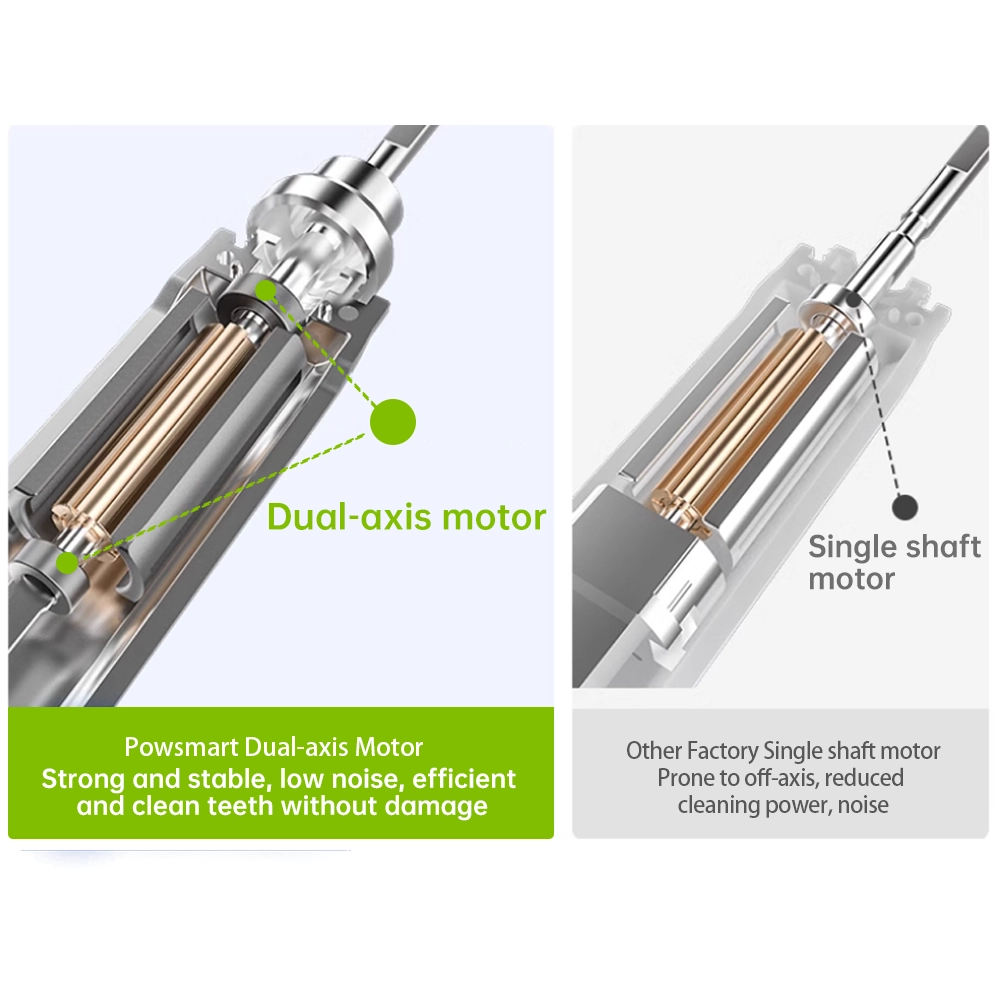
Magnetic Levitation Motor Toothbrush Technology Explained
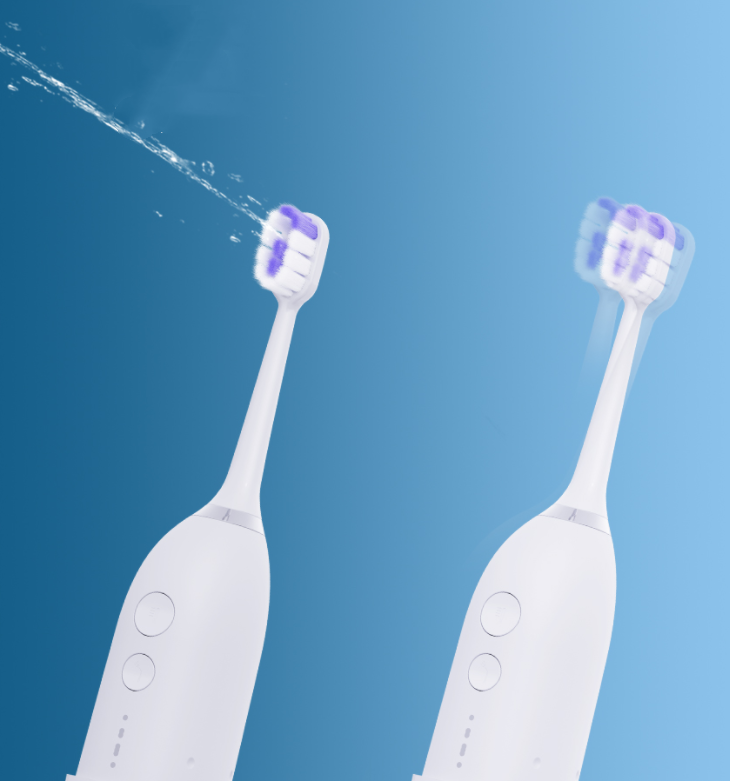
Is High-Frequency Vibration Harmful to Gums?
Can Smart Timer Improve Brushing Compliance?
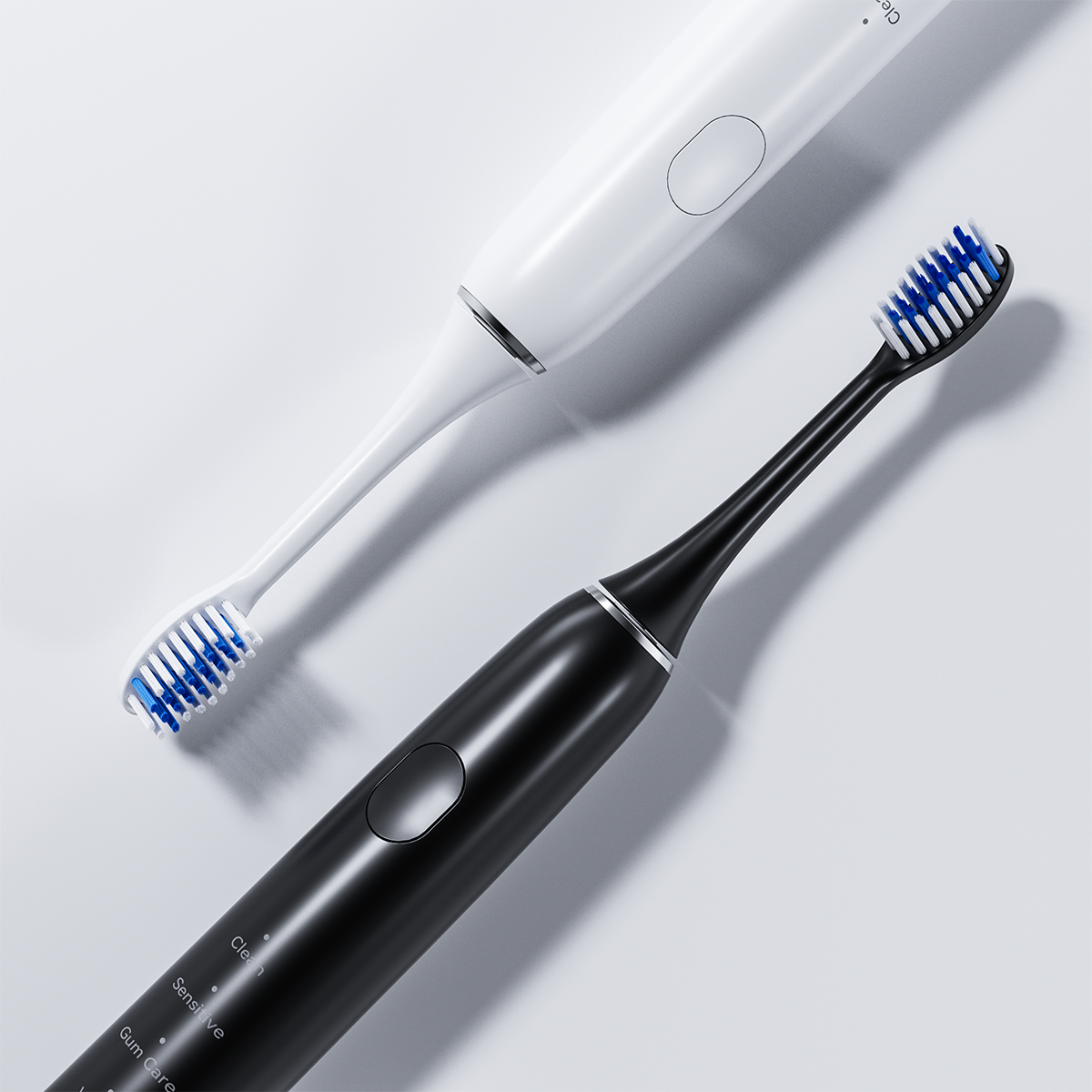
Magnetic Levitation Toothbrush Factory: Premium OEM Services
Contact POWSMART
-2-scaled.png)
Does 3D Rotation Oscillation Brush Trigger Sensor Failure?

Electric Toothbrush + Water Flosser Combination: How Can Brand Owners Enhance Competitiveness Through This Bundle?
Is Tooth Sensitivity with Enamel Erosion Whitening’s Side Effect?
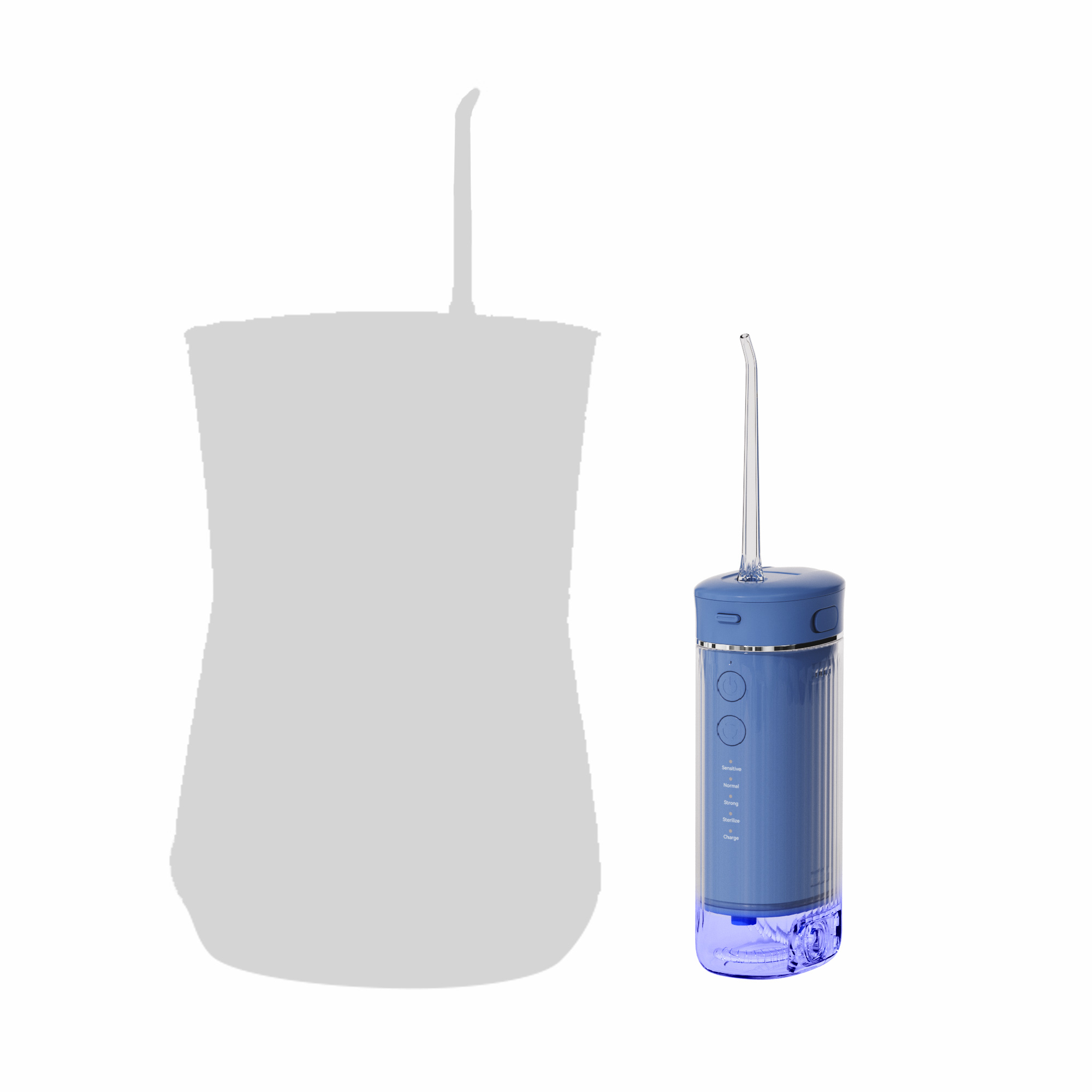
Space-Saving Oral Care: Compact Electric Toothbrush Designs
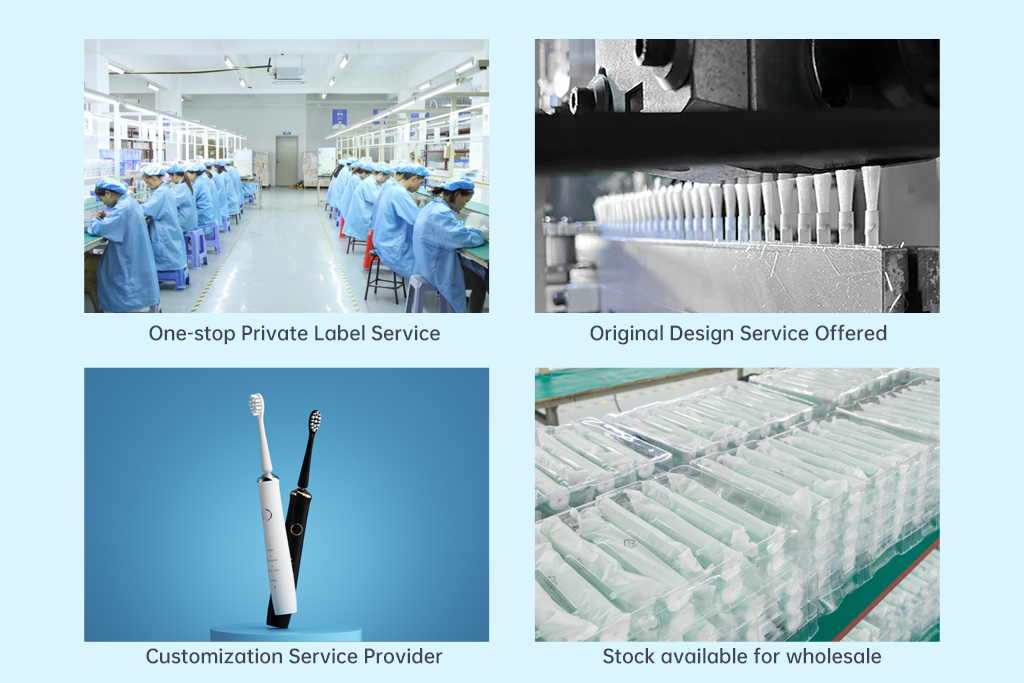
electric toothbrush factory evaluation standards- 5 Must-Read Criteria for Brand Owners
How to Fix Charging Failure Plus Handle Cracking?
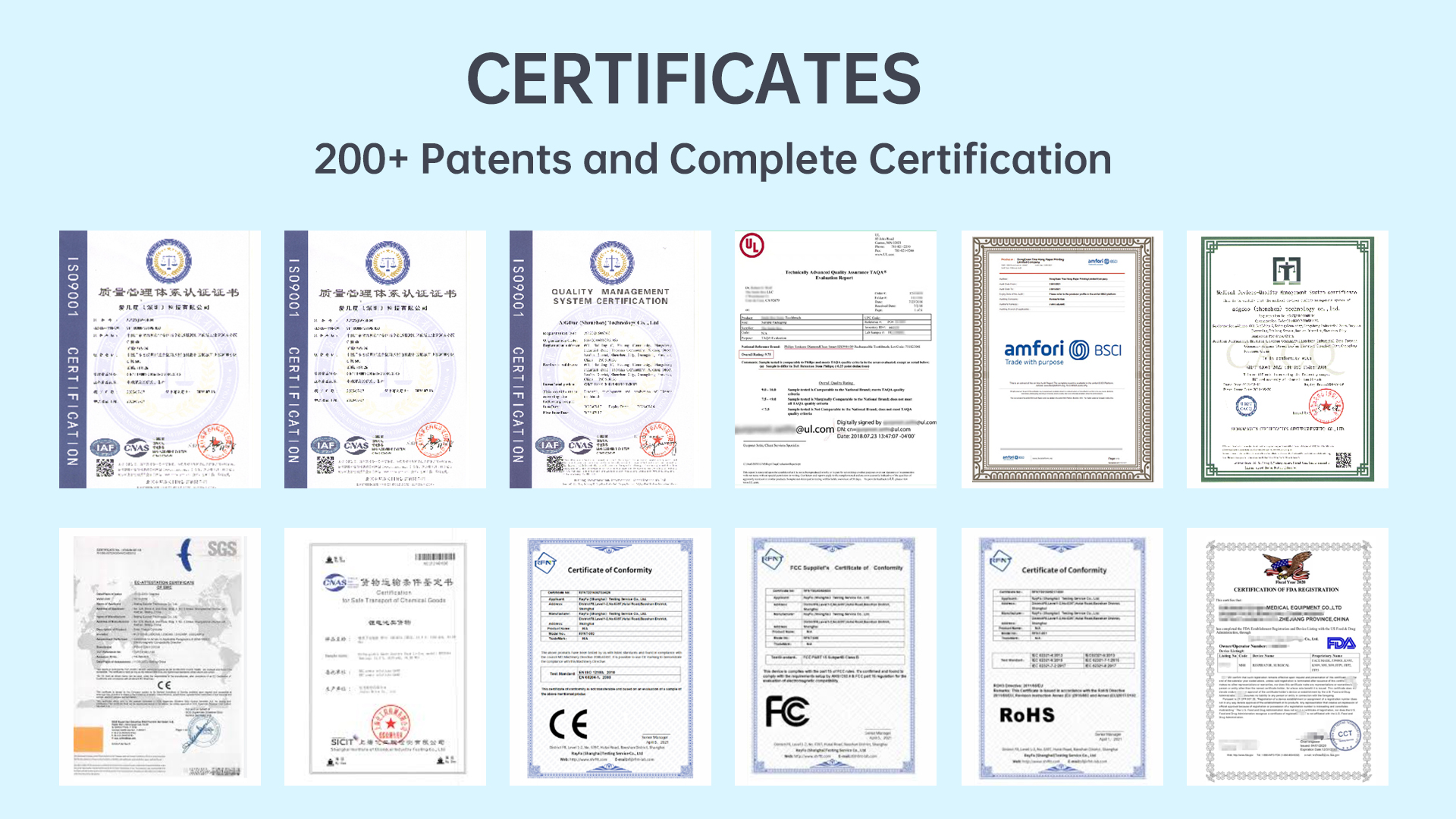
What Are the Advantages of Cooperating with FDA certificated factories?

IPX7 Waterproof Electric Toothbrush Manufacturing for Kids & Adults

electric toothbrush heads Deep Clean

electric toothbrush heads Charcoal Infuse-Round

Private Label Whitening Gel

Electric toothbrush heads Charcoal Infused-Diamond

Customization Teeth Whitening Gel
.jpg)
Florida Electric Toothbrush – Powsmart PTR-C8

electric toothbrush heads Regular Clean

electric toothbrush heads Ultra Soft
whstapp
whstapp
National Toll-Free Service Hotline
+86 755 86238638